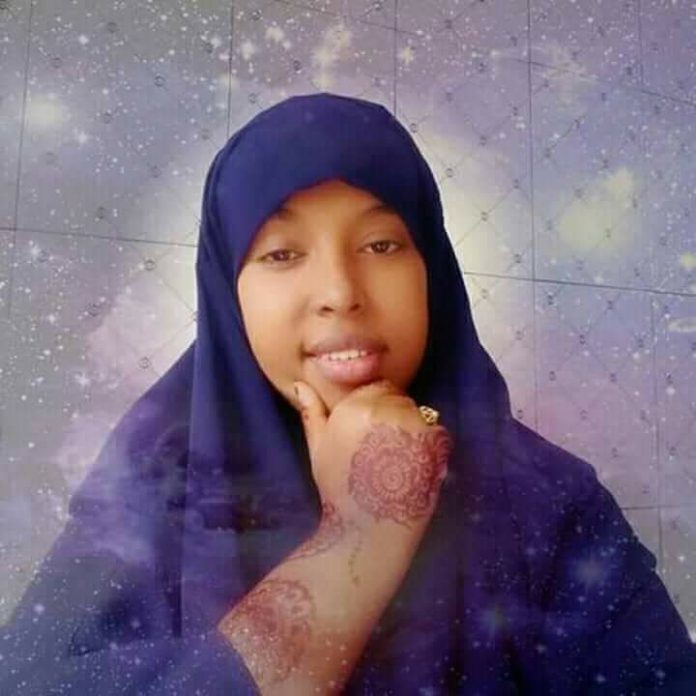Hamda Ismail was Young, educated, activist and dreamer living in the Somaliland’s coastal town of Berbera. She have had high hopes for Somaliland youth and have been an icon among the society in Sahil region for the past years.
Hamda who was attending her last months of her university wanted to be a role model for her fellowmen and was optimistic to create a better life for thousands of youth in Berbera and for her family too. She her love of her life recently and got married but that did not stop her from her education and chasing her dreams to be part of the change in Somaliland.
Just few months before her university graduation and as she was getting ready to receive her first degree, Hamda was rushed to the hospital to give birth to her first child but sadly she died during the labor. With that not only she lost her life but also lost her dreams, family and passion.
Hamda is not the only one whose life was shattered by the poor health services in Somaliland, many others have been lost to maternity deaths each year without being reported by the media and the families just burry their loved ones in despair as they feel hopeless of the situation.
In 1997, 1,600 out of every 100,000 women giving birth were estimated to die in Somaliland. Anwar Mohamed Eggeh, Somaliland’s director-general in the Ministry of Health and Labour, told IRIN the rate in 2006 was 1,044 per 100,000.
“Most Somaliland mothers die because of prolonged bleeding, pre-eclampsia, hypertension, infection and malnutrition, caused by lack of a balanced diet” says Ugaso Jama Guled, a midwife and activist fighting female genital mutilation/cutting, which she said was a major contributor to the territory’s high rate of maternal deaths.
The Somaliland MDG report by UNDP predicted Somaliland maternal mortality ratio 995 in 2010 and 937 by 2015, which lags three times to achieve the MDG target of 337 by 2015. The predicted maternal mortality ratio of 995/100,000 in 2010 resulted that 1219 mothers die for child bearing and pregnancy related causes.
The story of Hamda is a reflection of the poor health facilities in Somaliland are alarming and needs special consideration from the new government as well as other health stakeholders. The situation is even worse in the remote areas of the country where accessibility is an issue before any services are installed.
![]()




























